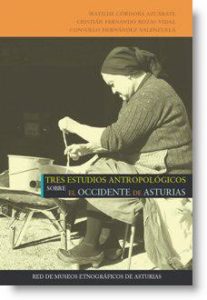My interest in tourism as an object of scientific enquiry first emerged out of a concern with the political uses of cultural and natural heritage. This line of my research has critically engaged with the understanding of the discourses and practices used by governments and developers to define cultural heritage and how they clash, cohere or collaborate with organized civil struggles around access to housing, mobility and spatial justice. My research and ethnographic work in this area is a result of a collaborative and interdisciplinary Research Group at the Universidad Complutense de Madrid: “Territorio, Desarrollo y Cultura”, Facultad de Geografía e Historia and the Anthropology Department.
The earlier body of research in this area has focused in Spain in the context of the 1990s European Union Development Programs (like the LEADER Programme) designed to generate economic development alternatives—like alternative tourism—to prevent depopulation and unemployment in rural areas. In Tres Estudios Antropológicos del Occidente Asturiano (Museo Etnografico del Pueblo Asturiano, 2006) I elaborated on the shortcomings of post-development literature and its focus on discourse analysis and argued for a performative approach to tourism development that placed at its center the multiple ways in which local actors, practices, discourses, and architectures mediated the reception of development policies in the locality of Taramundi (Asturias).
My most recent research in this area explores the limitations of luxury tourism as a culturally responsible and sustainable development tool in Southern Mexico. Through ethnographic research on the restoration of ex-henequen haciendas into indigenous luxury gateways for the global elite, I have studied luxury tourism’s dependence on the crafting and staging of European representations and domestications of tropical nature, as well as on the reproduction of gendered and racialized encounters with Maya indigenous populations. This research points at the centrality of the material dimensions of tourism landscapes to the production of social life as well as the everyday intricacies of the engineering of cultural heritage through public-private alliances.

